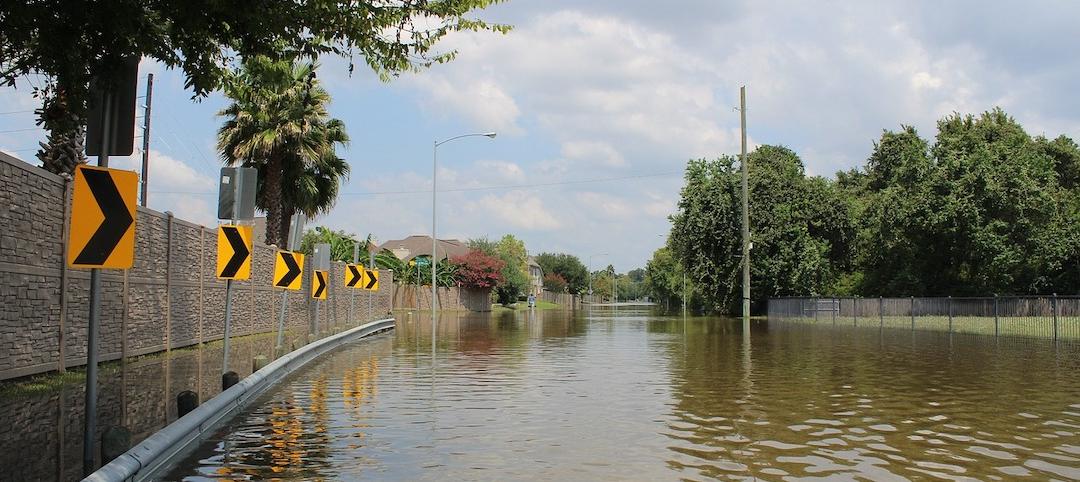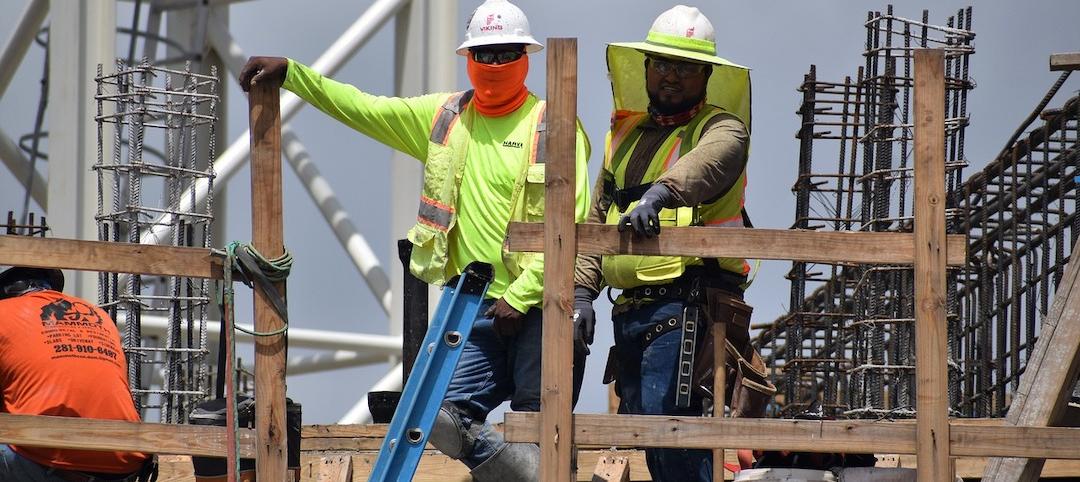About 25% of all critical infrastructure in the U.S. is at risk of failure due to flooding, according to a new report by the First Street Foundation, a nonprofit research and technology group.
Nearly 2 million miles of road—roughly 23% of US roadways—are at risk of becoming impassable due to flooding, the report also found. Researchers examined five categories of infrastructure in the contiguous U.S., including the District of Columbia: Critical infrastructure; social infrastructure, including museums, government buildings and schools; roads; commercial properties; and residential properties.
Researchers examined estimates of operational flood risk from government agencies to determine the amount of flooding it would take to knock different types of facilities or services offline. They then overlaid the kinds of flood events that can be expected in an area at least once every two years.
Louisiana is home to six of the top 20 most at-risk counties in the country, making it the most vulnerable state. Though many coastal areas in other states are threatened, flood risk is also a threat in inland states. Areas such as McDowell County in West Virginia and Johnson County in Kentucky are among the most at-risk because of the growing threat of heavy rain.
Related Stories
Codes and Standards | Jan 19, 2022
Canada’s Trudeau seeking building codes changes, net-zero emissions building strategy
Prime minister also wants net-zero electricity grid by 2035.
Codes and Standards | Jan 18, 2022
Greater emphasis on building materials needed to achieve net-zero carbon offices
Engineered wood, straw, and bamboo can be keys to achieving goal.
Codes and Standards | Jan 17, 2022
AISC seeks comments on draft earthquake standard for steel buildings
Includes new limits for cross-sectional slenderness of steel columns based on latest research.
Codes and Standards | Jan 12, 2022
California’s wildfire building code significantly reduces structural loss
As other states consider upgrading their codes, Golden State provides useful model.
Codes and Standards | Jan 12, 2022
Regulator holding back climate-friendly, energy-saving equipment deployment, critics say
Heat pumps, solar power could be made more accessible for low-income communities in Massachusetts.
Codes and Standards | Jan 11, 2022
Cost hikes drive nearly one million renters out of homeownership qualification in 2021
Household income needed to pay a mortgage rose to $62,872 from $55,186.
Codes and Standards | Jan 10, 2022
New ratings services focus on climate risk for homeowners
Efficacy of models used in risk assessment varies.
Codes and Standards | Jan 6, 2022
Virginia contractors having a tough time finding diverse subs to meet state goals
Survey of primes may indicate similar issues at federal level.
Codes and Standards | Jan 5, 2022
Boston drops parking requirements for affordable housing
Measure expected to spur new projects.
Codes and Standards | Jan 4, 2022
Dept. of Energy Better Climate Challenge aims for 50% GHG emission reduction by 2030
Program offers technical assistance and peer-to-peer knowledge sharing.

















